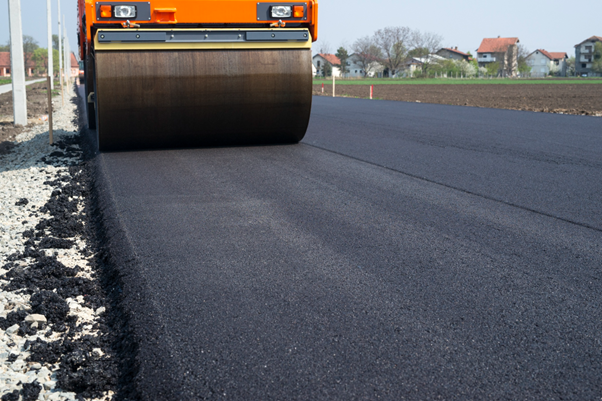Asphalt surfaces, whether residential driveways or commercial parking lots, endure daily wear and tear from traffic, weather, and environmental factors. Over time, exposure to sunlight, rain, oil, and heavy loads can deteriorate the surface, leading to cracks and discoloration. That’s where sealcoating comes in — a protective layer that restores, preserves, and strengthens your asphalt surface. Recognizing the early signs that your asphalt needs sealcoating can help you prevent costly repairs and extend its lifespan.
1. Fading or Grayish Color
One of the first indicators that your asphalt needs attention is a noticeable change in color. Fresh asphalt has a deep black tone, but over time, exposure to UV rays and oxidation turns it dull gray.
This fading signals that the top protective layer has worn off, making the surface more vulnerable to cracks and damage. Sealcoating restores the rich black appearance while adding a protective barrier against further fading.
2. Cracks Beginning to Form
Small surface cracks are a clear warning that your asphalt is deteriorating. These cracks allow water and debris to seep below the surface, leading to larger cracks and potholes over time.
If you notice spiderweb or hairline cracks, scheduling sealcoating promptly can help seal these openings and prevent expensive structural damage later.
3. Pooling Water on the Surface
If water collects in puddles on your driveway or parking lot, it’s a sign that your asphalt has lost its smooth finish.
Standing water accelerates the breakdown of asphalt by seeping into weak spots and freezing in colder temperatures. Sealcoating provides a smooth, even surface that improves drainage and helps prevent water damage.
4. Rough or Uneven Texture
A rough or gritty surface is another sign that your asphalt is wearing out. The top layer of aggregate can become exposed as the binding oils dry out.
This not only affects the appearance but also weakens the structure, making it prone to cracking and raveling. Applying sealcoating rejuvenates the surface, filling in small imperfections and giving it a smoother finish.
5. Oil or Chemical Stains
Driveways and parking lots are often exposed to motor oil, gasoline, and other chemicals that can degrade the asphalt binder.
Stains not only look unsightly but also soften the pavement, causing premature deterioration. Sealcoating acts as a protective layer that resists these substances and makes future cleaning easier.
6. Increased Dust and Loose Gravel
When asphalt begins to break down, it often releases fine particles and loose gravel. This is a clear indication that the binding materials are weakening.
Sealcoating helps lock everything in place, minimizing dust and maintaining a clean, solid surface for vehicles and pedestrians.
Final Thoughts
Regular maintenance and timely sealcoating are key to preserving your asphalt’s durability and appearance. If you notice fading, cracking, or other warning signs, don’t wait for costly repairs to pile up. Applying sealcoating every few years protects your investment, enhances curb appeal, and ensures your pavement stays strong and smooth for years to come. It’s a simple, affordable step that saves you from major resurfacing expenses in the long run.




